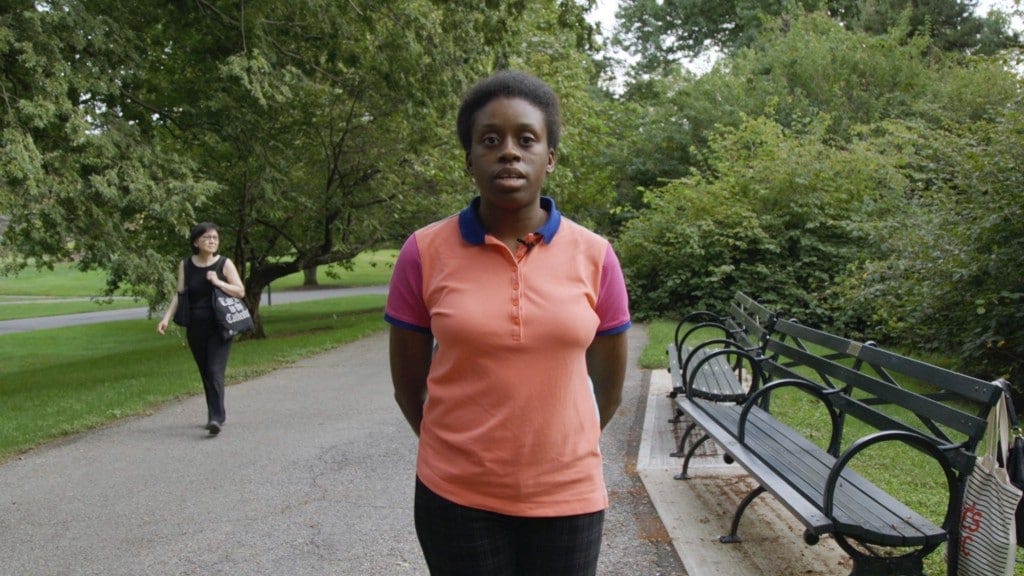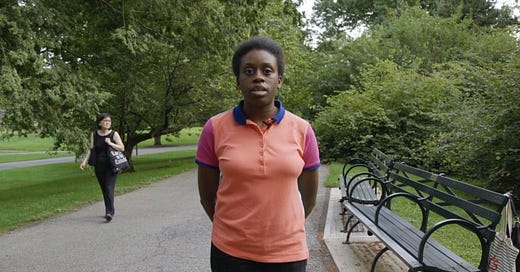What Gender Parity Looks Like: The Best of Hot Docs 2018
This year’s highlights touch on time-traveling feminism, literary heroes in translation, governmental surveillance and more.

Heading into its 25th edition, the Hot Docs Canadian International Documentary Festival had much to celebrate. In the lead up to this year’s iteration, the festival announced that for the first …
Keep reading with a 7-day free trial
Subscribe to Nonfics to keep reading this post and get 7 days of free access to the full post archives.



